#autonomy
NHTSA Resumes Inquisition of Tesla Autopilot
The National Highway Traffic Safety Administration (NHTSA) has been keeping tabs on Tesla’s Autopilot for years, sometimes giving crashes involving the system a bit more attention than they otherwise would have. But the extra scrutiny seemed to dissipate as practically every automaker on the planet introduced their own advanced driving suites and Telsa seemed to preemptively adhere to fast-approaching government regulations (and industry norm) by introducing driver-monitoring cameras.
On Friday, the NHTSA returned to business as usual and announced it had opened a preliminary evaluation of Autopilot to determine if there were any problems with the system. The agency has claimed it received at least 11 verifiable crash reports since 2018 where a Tesla product struck at least one vehicle that was already at the scene of an accident. It’s sort of a weird metric but allegedly worthy of the NHTSA wanting to look into every model the company produced between 2014 and 2021. However, actually reading the report makes it sound like the agency is more preoccupied with how Tesla’s system engaged with drivers, rather than establishing the true effectiveness of Autopilot as a system.
Authorities Claim No One Was in the Driver's Seat in Tesla Crash
A crash involving a Tesla Model S in Texas killed two passengers.
We say “passengers” instead of “occupants” because it appears there was no one in the driver’s seat at the time of the crash.
Tesla's 'Self-driving' Suite Grows More Expensive, Subscription Model Likely
On Monday, Tesla CEO Elon Musk announced that his company’s full self-driving (FSD) suite stands to become more expensive starting in July. Intended to serve as the prerequisite hardware for truly autonomous functionality once the software is ready, it’s proven a pricey way to get into brand’s more advance driver assistance features. Of course, the company sells it as a way to buy into complete vehicular autonomy — something that has yet to be realized anywhere in the industry — and has so far failed to deliver on that front.
Luckily for Tesla, the company remains on the bleeding edge of available automotive technologies while continuing to improve the basic fit and finish of its products. As no one else is delivering self-driving vehicles, the Californian EV manufacturer can get away with making certain claims about FSD — like how it’s inching closer to figuring out how to navigate a car through an urban environment.
Musk actually signaled that new features would be coming to the suite earlier this year, noting incoming price increases through 2020. Starting July 1st, FSD becomes an $8,000 option (tacking on a grand to the current price) and may eventually become a subscription model.
Work in Progress: Waymo Van Stakeout Reveals the Challenges of Self-driving Tech
The self-driving Chrysler Pacifica vans operated by Alphabet-owned Waymo didn’t know they were under surveillance, but indeed they were. Reporters from the Arizona Republic were on their tail, watching as the autonomous vans — safety driver behind the wheel — tooled around the streets of the Phoenix, Arizona metro area for a period in October. In total, the rolling stakeout covered 170 miles of sun-drenched roadway.
Earlier this week, Waymo announced it had become the first company to offer a commercial ride-hailing service (“Waymo One”) using autonomous vehicles, even though there’s still a live human being behind the wheel. That employee’s job is to monitor the vehicle and take over if needed, as self-driving tech is still in its early days. There’s bugs to be worked out.
What the newspaper’s surveillance showed was that vehicles operating “by the book” — ie, with a strict adherence to the rules of the road and an abundance of caution — sometimes don’t mix well with humans. Go figure.
How Safe Is Level 2 Autonomy? As Safe as the Automaker Makes It
No longer content with just crashing vehicles into walls or poles, the Insurance Institute for Highway Safety has turned its attention to the ever-expanding buffet of new technologies found in today’s automobiles. Driver assistance features ease the driver’s workload and make for comfortable highway cruising, but all systems aren’t made equal.
For its test of “Level 2” autonomous features — meaning, specifically, adaptive cruise control (ACC) and active lane-holding — IIHS selected five premium four-doors. The test group consisted of a 2017 BMW 5 Series with Driving Assistant Plus, a 2017 Mercedes-Benz E-Class with Drive Pilot, a 2018 Tesla Model 3 and 2016 Model S equipped with Autopilot, and a 2018 Volvo S90 with Pilot Assist. Given that each model garnered a “superior” IIHS score for automatic emergency braking, they seemed like choice candidates for a comparison test.
The results, as you’d probably expect, were a mixed bag. We’re not at the technological finish line yet; not by a long shot.
Hide and Seek: GM Seeks Patent for Vehicle-to-Pedestrian Communication
Here at TTAC, we sometimes offer up a story published by a sister publication after deciding it’s something worthy of your time. This piece, published by GMInsideNews, fits that bill. While the soulless autonomous future scares many of us, General Motors is working on a way to stop those driverless cars from plowing over each and every one of us. Read on.
General Motors continues to pour money and time into perfecting vehicle autonomy.
One of the integral themes of an autonomous driving future is communication. Vehicles will be required to rapidly and constantly talk to one another, relaying position, speed, and intent, with the same demands applying to our roadways and intersections — which will be expected to relay weather, traffic, and safety information in real time as vehicles approach.
Pedestrians, however, pose a unique problem. In busy cities, pedestrians and drivers routinely communicate nonverbally by making eye contact or gesticulating, but an autonomous vehicle doesn’t have that privilege. Its machine code is dependant on a series of binary questions it must ask itself in order to determine if the person is a threat, which — if affirmative — currently results in the car coming to a halt, which on occasion has caused a rear-end collision, or two.
Well, GM is working on a system in which autonomous vehicles will be capable of better understanding the motions of pedestrians by communicating with their Internet-connected devices, be it smart-phones, wearables, or perhaps even future advancements made towards transhumanism.
Electricity Won't Kill the Fun, Porsche Promises
Porsche threw a party at its museum on Thursday, marking and celebrating 70 years of sports cars. The first vehicle to bear the Porsche name was registered on June 8, 1948 – a 356 “No.1” Roadster. With it, Ferry Porsche’s dream of a sports car turned into a reality.
Mixed in with the event’s nostalgia was a look to the future, as CEO Oliver Blume outlined a three-pronged strategy to diversify its lineup. The three pillars? Plug-in hybrids, combustion-engined sports cars, and sporty electric vehicles.
How Safe Are Cars From Hackers?
It’s an issue that the computer and Internet technology industry has been fighting for years: Hackers trying to gain access to your PC or the network of a major corporation with nefarious intentions such as extracting ransom from users after seizing data.
However, as vehicles become more laden with technology and increasingly connected to the Internet, could they also become targets?
Two leading security experts believe that your car, which is for the most part unsecured against hacking, will attract the attention of criminals in the not too distant future.
Autonomy and the 1939 World's Fair
It’s safe to assume that when the doors to the New York World’s Fair flew open 75 years ago to the day, the American public had few expectations about the future of autonomous personal transport. To be fair, they weren’t exactly sold on the whole highway thing yet either. Sure, several New Deal agencies like the WPA and CCC had successfully modernized countless local roads and a handful of major throughways, but the ubiquitous twists of freeway that would come to define the modern North American landscape were two decades and a word war away.
That said, autonomy and highways go hand in hand.
Section 1201 and Automotive DRM: The Future is Locked
This is the Renault Zoe. It’s like most EVs on the road, with its limited range, limited power, and limited usability.
Unlike the other EVs, however, the Zoe comes with DRM attached to its battery pack. In short: If you value your ability to drive the Zoe at all, then you will submit to a rental contract with the pack’s manufacturer. Should you fail to pay the rent or your lease term expires, Renault can and will turn your Zoe into an expensive, useless paperweight by preventing the pack’s ability to be recharged, consequences be damned.

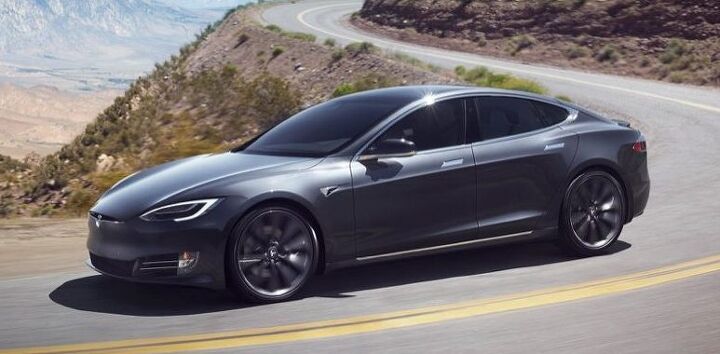
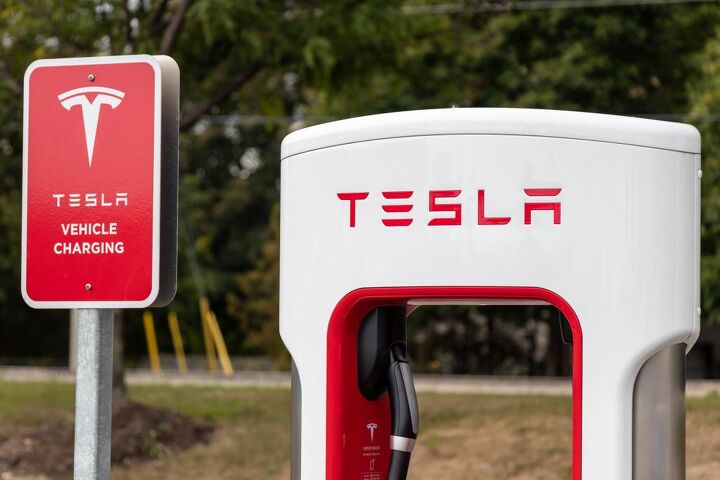

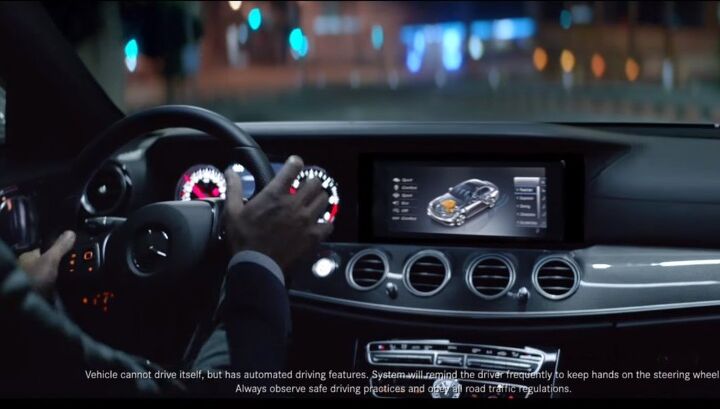

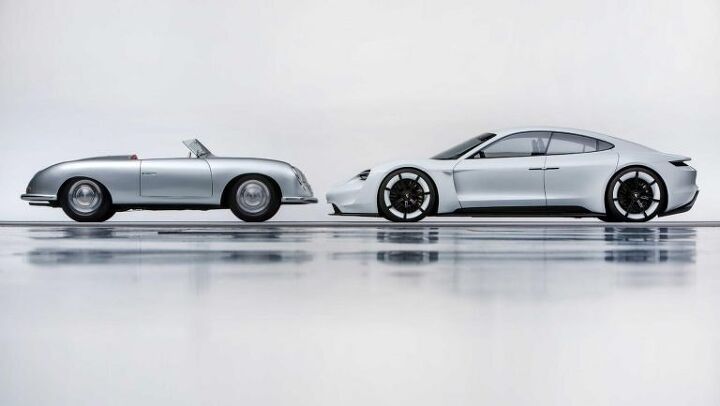

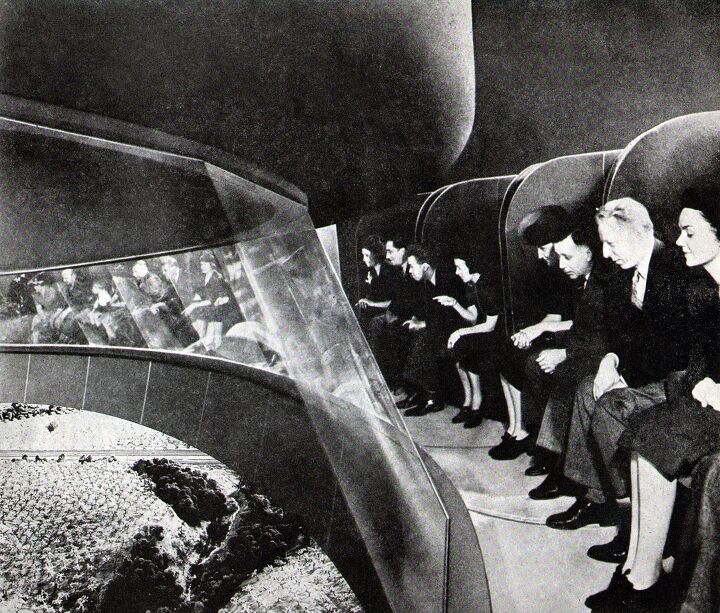













Recent Comments